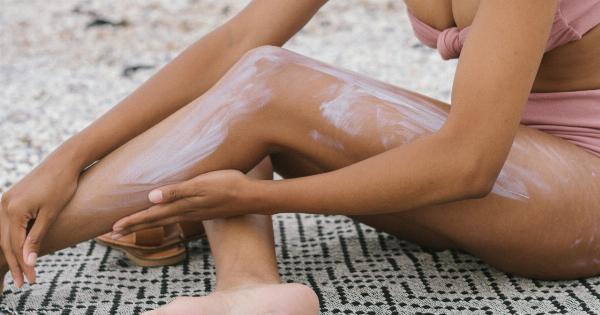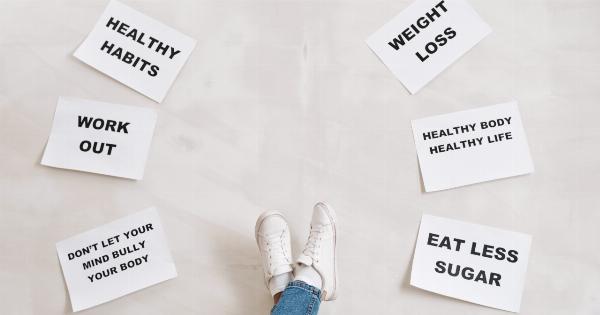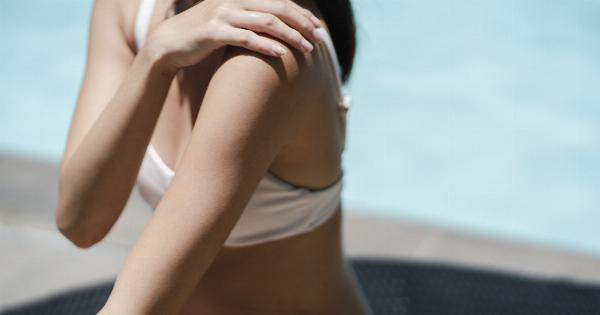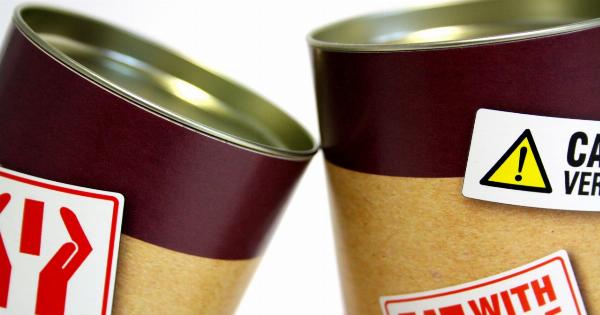Getting a tattoo can be an exciting and transformative experience. The choice of design, the anticipation, and the final result all contribute to the joy of getting inked.
However, it’s important to consider the timing of getting a tattoo, especially in the sweltering summer heat. While tattoos are a year-round phenomenon, there are a few drawbacks to getting tattooed during the summer months. In this article, we will explore the cons of tattooing in the summer heat.
1. Increased Sweating
One of the main concerns of getting a tattoo during the summer is the increased sweating. Heat and humidity can cause excessive perspiration, which can pose a challenge for the healing process of a freshly inked tattoo.
Sweating can potentially irritate the tattooed area, leading to discomfort and delayed healing. Additionally, the sweat can mix with ink, causing it to bleed or fade, resulting in a less vibrant tattoo.
2. Sun Exposure
Summer is a time when people tend to spend more time outdoors, enjoying the sun. However, exposure to the sun’s harmful UV rays can be detrimental to a new tattoo. The sun can cause the ink to fade or blur before it has fully healed.
It is crucial to protect a fresh tattoo from the sun during the healing process, and this can be challenging in the summer due to frequent outdoor activities and limited clothing options that expose the tattoo to direct sunlight.
3. Swimming and Water Activities
The summer heat often lures people to swimming pools, beaches, and water parks. However, these water activities can hinder the healing process of a new tattoo.
Prolonged exposure to water or submerging the tattooed area can soften the scabs that form during the initial healing stage, leading to potential ink loss or a blurred outcome. It is essential to avoid swimming or exposing the tattoo to water for an extended period until it is completely healed.
4. Increased Risk of Infection
With the higher temperatures and humidity levels in the summer, the risk of infection also tends to increase. Sweating, rubbing against clothes, and exposure to bacteria-laden environments can all contribute to an elevated risk of infection.
A compromised healing process due to heat and sweat can make the tattoo more susceptible to bacteria, potentially leading to an infection that can spoil the overall tattoo experience.
5. Discomfort and Itching
The heat and humidity of summer can intensify the discomfort and itching sensations associated with the healing process of a tattoo. Sweating can make the tattooed area feel sticky and uncomfortable, exacerbating any itching sensation.
The urge to scratch or touch the tattooed area can be particularly strong during this time, but it is crucial to resist the temptation to avoid potential damage to the tattoo.
6. Limited Wardrobe Choices
During the summer, people tend to wear lighter clothing options that expose more skin to stay cool. However, with a fresh tattoo, it is necessary to opt for clothing that covers and protects the tattooed area from direct sunlight, dust, and dirt.
This can restrict wardrobe choices and make it difficult to dress comfortably during hot summer days, adding to the inconvenience of getting tattooed in the heat.
7. Limited Outdoor Activities
Getting a new tattoo in the summer heat may require adjustments to your usual outdoor activities. Activities that involve intense physical exertion, contact sports, or activities that may result in excessive sweating can put the healing tattoo at risk.
This limitation in participating in certain summer activities can be frustrating, especially if you had plans to engage in outdoor adventures or sports during the season.
8. Maintenance Challenges
Tattoos require proper care and maintenance, especially during the healing process. The heat of the summer can present challenges in keeping the tattoo clean and moisturized.
Sweating can make it difficult for the skin to retain moisture, potentially leading to dryness and cracking, which can impede the healing process. The need for more frequent cleaning and moisturizing can be time-consuming and inconvenient, particularly when trying to enjoy summer activities.
9. Heat-Induced Allergic Reactions
Some individuals may be more prone to heat-induced allergic reactions, which can complicate the healing process of a tattoo.
The combination of heat, sweat, and the chemicals present in sunscreen or other skincare products can cause a reaction on the tattooed skin, leading to itchiness, redness, or even rashes. It is essential to be aware of any existing skin sensitivities and take extra precautions if necessary.
10. Disrupted Sleep
The summer heat can make it challenging to get a good night’s sleep, and having a fresh tattoo can further disrupt your sleep routine.
The discomfort, itching, and heightened sensitivity of a new tattoo can make it difficult to find a comfortable sleeping position. Sweating during the night can also make the healing process more uncomfortable and disturb sleep patterns. Adequate rest is crucial for the healing process, and the summer heat can hinder this crucial element.
Conclusion
While getting a tattoo is a personal decision and can be a meaningful experience, the summer heat presents some challenges to consider.
Increased sweating, sun exposure, swimming limitations, infection risks, discomfort, and restricted wardrobe and activities are some of the cons of getting tattooed in the summer. Proper care and precautions can help mitigate these issues, but it is essential to weigh the trade-offs when deciding the best time to get inked.
If you do opt for a tattoo during the summer months, be sure to follow the aftercare instructions provided by your tattoo artist diligently.






























